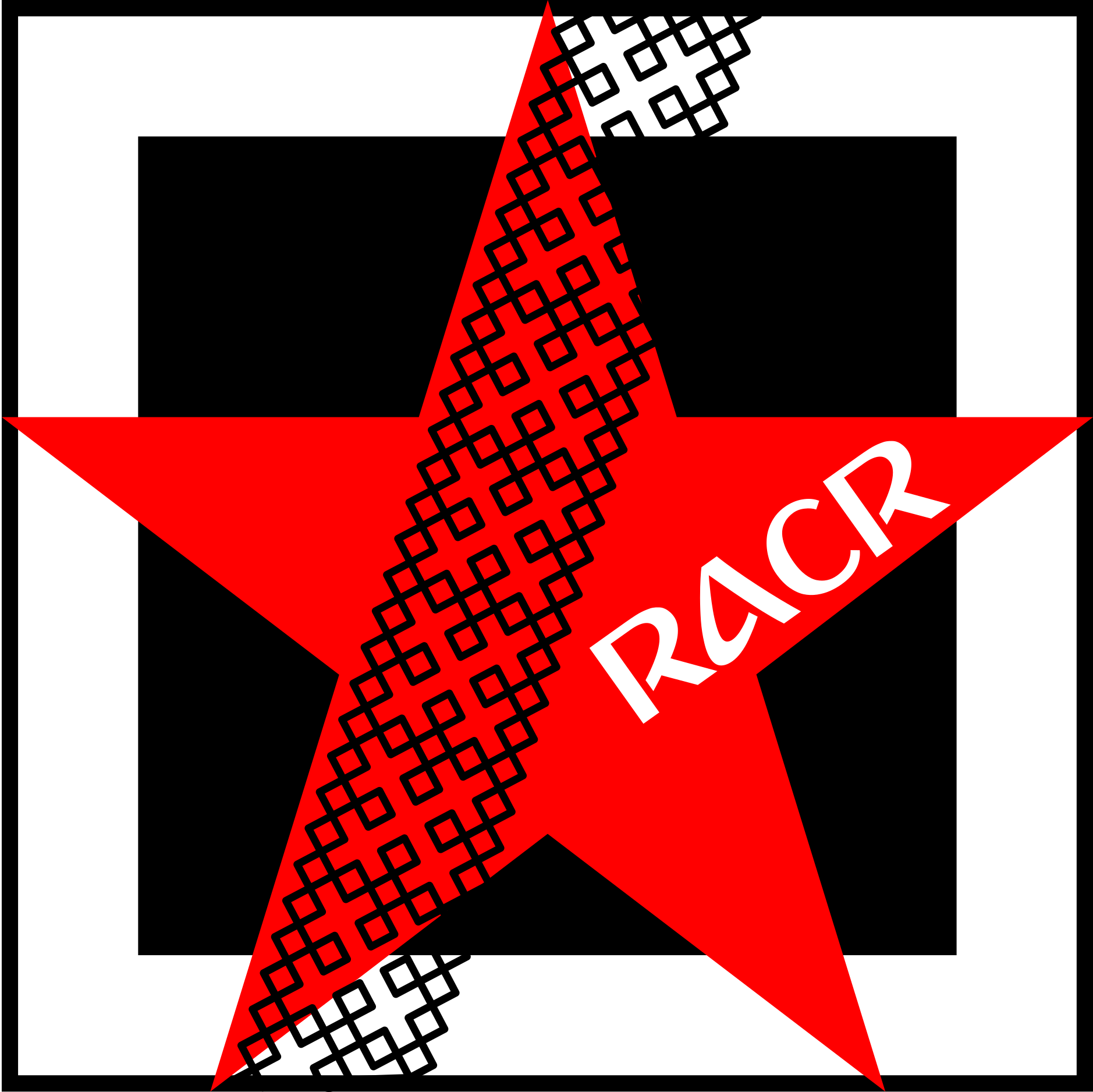Tatiana Levina
Divine Darkness and Uncreated Light: Byzantine Meanings of Avant-Garde’s Icons
Avant-Garde painters were amazed by icons, particularly fifteenth to sixteenth–century “old style” Russian icons, which saw the light of the day in the early twentieth century after two centuries of prohibition. In the seventeenth century, ascetic icons influenced by Byzantine hesychast theology had been replaced by ”Western” mimetic images. Icons had a massive impact on Mikhail Larionov, the founder of Rayonism, who wrote that “Russian icon painters […] were strongly drawn towards abstraction.” In 1913 he organized two exhibitions and in one included his own Rayonnist paintings with rays of light reflected from objects. Kazimir Malevich was also influenced by icons. In his theoretical writings, he refers to Gospels. Launching his Suprematism at the “0,10 Exhibition” in 1915, Malevich placed his masterpiece as icons were placed, in the “beautiful corner.” The Black Square is often perceived as the icon of the Avant-Garde.
It is important to trace the influence of Byzantine theology on the Avant-garde, paying attention to the Palaeologus and Russian icons. Alexandre Benois said that the Black Square is a “cult of emptiness, darkness, ‘nothing.’” Following Spira, Oleg Mudrak, and Nina Gurianova, I will argue that indeed it was darkness, but of another type. I will trace its connection to the concepts of ”uncreated light” and “dazzling darkness” in Dionysius the Areopagite and Gregory Palamas’ theology and demonstrate how an application of Palamas’ theory, hesychasm, was reflected in fifteenth-sixteenth-century icon-painting and later in Avant-Garde theory and paintings, in particular by those of Larionov and Malevich. Finally, Pavel Florensky’s philosophy of art will be analyzed.
October 16, 2020
14.30 (Vienna) | 8.30 am (NYC) | 3.30 pm (Moscow) | 8.30 pm (Singapore)
online via Zoom
See program of the Eighth Graduate Workshop for other interesting talks.
